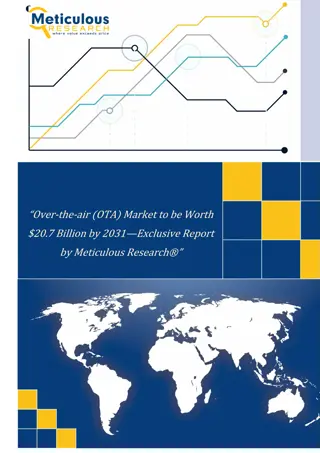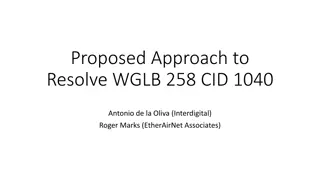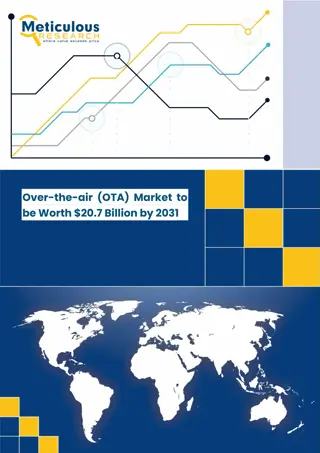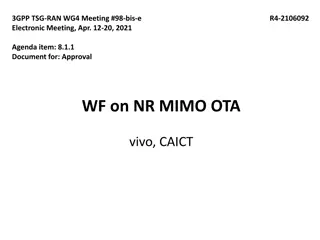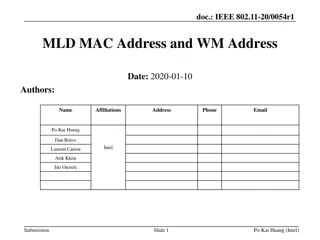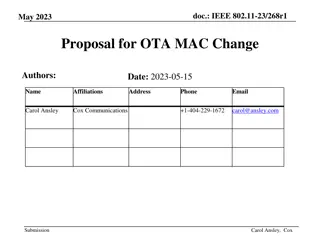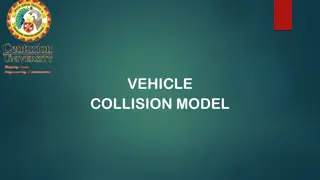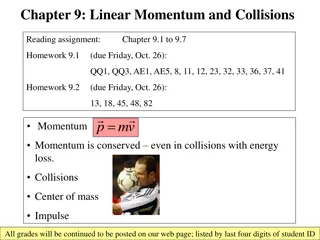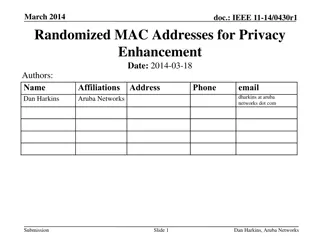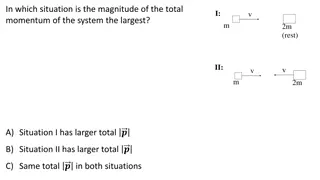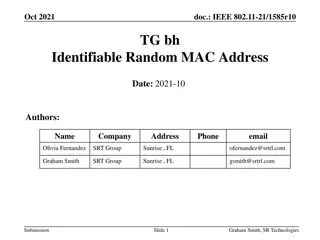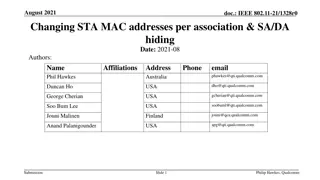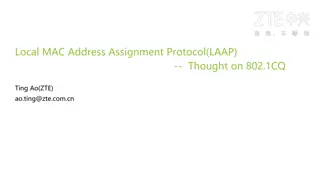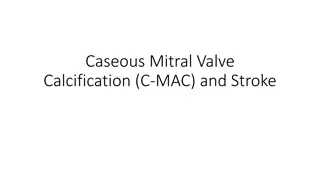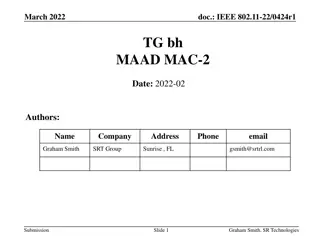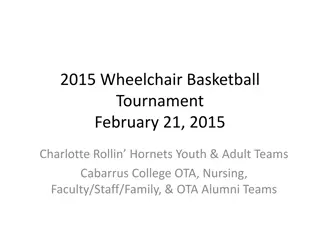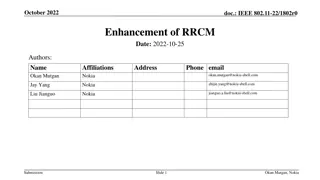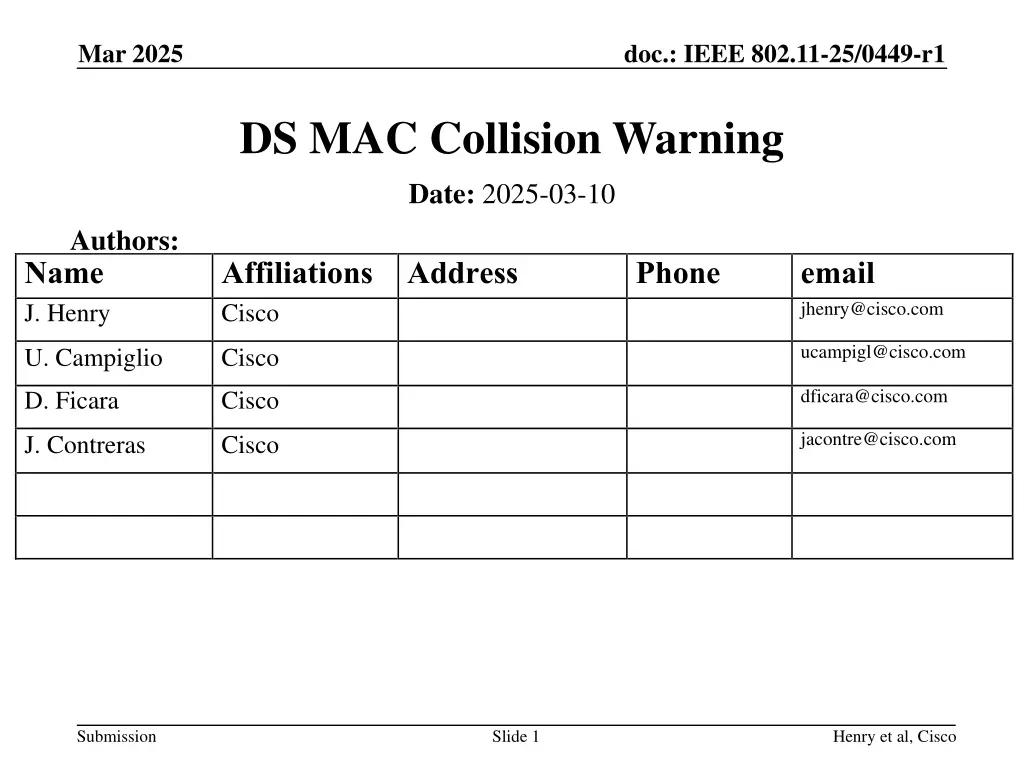
Understanding OTA MAC Collision Avoidance in IEEE 802.11 Networks
Explore the reasons why Over-The-Air (OTA) MAC collisions are prevented within IEEE 802.11 networks, emphasizing the uniqueness of MAC addresses and the learning process within devices. Learn how the IEEE standards ensure efficient communication and avoid collisions in wireless environments.
Download Presentation

Please find below an Image/Link to download the presentation.
The content on the website is provided AS IS for your information and personal use only. It may not be sold, licensed, or shared on other websites without obtaining consent from the author. If you encounter any issues during the download, it is possible that the publisher has removed the file from their server.
You are allowed to download the files provided on this website for personal or commercial use, subject to the condition that they are used lawfully. All files are the property of their respective owners.
The content on the website is provided AS IS for your information and personal use only. It may not be sold, licensed, or shared on other websites without obtaining consent from the author.
E N D
Presentation Transcript
Mar 2025 doc.: IEEE 802.11-25/0449-r1 DS MAC Collision Warning Date: 2025-03-10 Authors: Name J. Henry Affiliations Address Cisco Phone email jhenry@cisco.com ucampigl@cisco.com U. Campiglio Cisco dficara@cisco.com D. Ficara Cisco jacontre@cisco.com J. Contreras Cisco Submission Slide 1 Henry et al, Cisco -
Mar 2025 doc.: IEEE 802.11-25/0449-r1 Abstract Why an OTA MAC cannot collide with more than same- link STAs Submission Slide 2 Henry et al, Cisco -
Mar 2025 doc.: IEEE 802.11-25/0449-r1 Background OTA MAC is used by the non-AP MLD on the radio link The STA/non-AP MLD may also express a DS MAC, for the AP to represent the STA/non-AP MLD over the DS Question asked during D1.0 comment collection: Can OTA collision occur with a MAC beyond the local link? Submission Slide 3 Henry et al, Cisco -
Mar 2025 doc.: IEEE 802.11-25/0449-r1 IEEE 802.11 is under IEEE 802 Rules 802-2014 recommends uniqueness of MAC addresses in a LAN, i.e. a network consisting of one or more interconnected networks each using a medium access control (MAC) protocol specified in an IEEE 802 standard. In short: you should not have the same MAC for 2 devices that can talk to each other using the MAC as SA/DA Failure to do so is particularly problematic for devices performing forwarding functions the AP is one of them (4.3.5.1), forwarding between WMs and DSM In some cases, the AP/DS forwarding function implements 802.1Q, which also forbids duplication of MACs Submission Slide 4 Henry et al, Cisco -
Mar 2025 doc.: IEEE 802.11-25/0449-r1 How MACs Are Learned The forwarding device (call it bridge for simplicity) learns MAC from hearing SA values on an interface The bridge updates its forwarding table accordingly - - Radio0 Radio1 Radio2 Eth0 a.b.c radio2 Eth0 radio1 SA/TA: a.b.c radio0 Submission Slide 5 Henry et al, Cisco -
Mar 2025 doc.: IEEE 802.11-25/0449-r1 How MACs Are Learned The forwarding device (call it bridge for simplicity) learns MAC from hearing SA values on an interface The bridge updates its forwarding table accordingly - - Radio0 Radio1 Radio2 Eth0 a.b.c radio2 Eth0 radio1 SA/TA: a.b.c radio0 Submission Slide 6 Henry et al, Cisco -
Mar 2025 doc.: IEEE 802.11-25/0449-r1 How MACs Are Learned The forwarding table is used to forward (or not) incoming frames - Radio0 Radio1 Radio2 Eth0 a.b.c radio2 DA: a.b.c Eth0 radio1 radio0 Submission Slide 7 Henry et al, Cisco -
Mar 2025 doc.: IEEE 802.11-25/0449-r1 How Fwd Tables are Updated The forwarding table is usually CAM, and can be updated - Radio0 Radio1 Radio2 Eth0 a.b.c a.b.c radio2 SA/TA: a.b.c Eth0 radio1 radio0 Submission Slide 8 Henry et al, Cisco -
Mar 2025 doc.: IEEE 802.11-25/0449-r1 What Happens When a MAC is on 2 Interfaces The forwarding table is updated as the MAC moves - Radio0 Radio1 Radio2 Eth0 a.b.c a.b.c radio2 2. SA: a.b.c 1. SA/TA: a.b.c Eth0 radio1 radio0 Submission Slide 9 Henry et al, Cisco -
Mar 2025 doc.: IEEE 802.11-25/0449-r1 What Happens When a MAC is on 2 Interfaces The forwarding table is updated as the MAC moves - Radio0 Radio1 Radio2 Eth0 a.b.c radio2 a.b.c a.b.c Eth0 radio1 radio0 Need to go to yahoo: DA: a.b.c Submission Slide 10 Henry et al, Cisco -
Mar 2025 doc.: IEEE 802.11-25/0449-r1 What Happens When a MAC is on 2 Interfaces The forwarding table is updated as the MAC moves - Radio0 Radio1 Radio2 Eth0 a.b.c radio2 a.b.c Eth0 radio1 radio0 Need to go to watch: DA: a.b.c Submission Slide 11 Henry et al, Cisco -
Mar 2025 doc.: IEEE 802.11-25/0449-r1 How Many Times Can a MAC Move? Implementation-dependent, but usually not too often Beyond some hysteresis, the MAC, or the entire interface, may get blocked - - radio2 I am a.b.c Eth0 radio1 radio0 I am a.b.c Submission Slide 12 Henry et al, Cisco -
Mar 2025 doc.: IEEE 802.11-25/0449-r1 What The CPE Mechanism Protects For the MAC address, CPE only protects the Address 1 field (on the downlink), or the Address 2 field (on the uplink) (802.11bi-d1.0 10.71.1) - OTA: a.b.c, DS 1.2.3 radio2 Eth0 radio1 radio0 OTA: d.e.f, DS 4.5.6 Submission Slide 13 Henry et al, Cisco -
Mar 2025 doc.: IEEE 802.11-25/0449-r1 What The CPE Mechanism Protects STAs talking through an AP only see each other s DS-MAC (the same process is also true if both STAs are on the same link) - OTA: a.b.c, DS 1.2.3 DA:4.5.6, SA a.b.c radio2 Eth0 radio1 radio0 DA:d.e.f., SA 1.2.3 OTA: d.e.f, DS 4.5.6 Submission Slide 14 Henry et al, Cisco -
Mar 2025 doc.: IEEE 802.11-25/0449-r1 What if? - A STA OTA MAC may be the same as another STA s DS MAC, resulting in silly-looking, but functional headers OTA: a.b.c, DS 1.2.3 DA:a.b.c, SA a.b.c radio2 Eth0 radio1 radio0 DA:d.e.f., SA 1.2.3 OTA: d.e.f, DS a.b.c Submission Slide 15 Henry et al, Cisco -
Mar 2025 doc.: IEEE 802.11-25/0449-r1 What if? Things collapse only when 2 STAs have the same OTA MAC on the same link - OTA: a.b.c, DS 1.2.3 DA:x.y.z., SA a.b.c radio2 Eth0 radio1 Who is sending? 1.2.3 or 4.5.6? radio0 OTA: a.b.c, DS 4.5.6 Submission Slide 16 Henry et al, Cisco -
Mar 2025 doc.: IEEE 802.11-25/0449-r1 Conclusion A MAC cannot exist for multiple devices on the same link A STA OTA MAC should not collide with another OTA MAC on the same link, DS MACs are irrelevant Submission Slide 17 Henry et al, Cisco -


